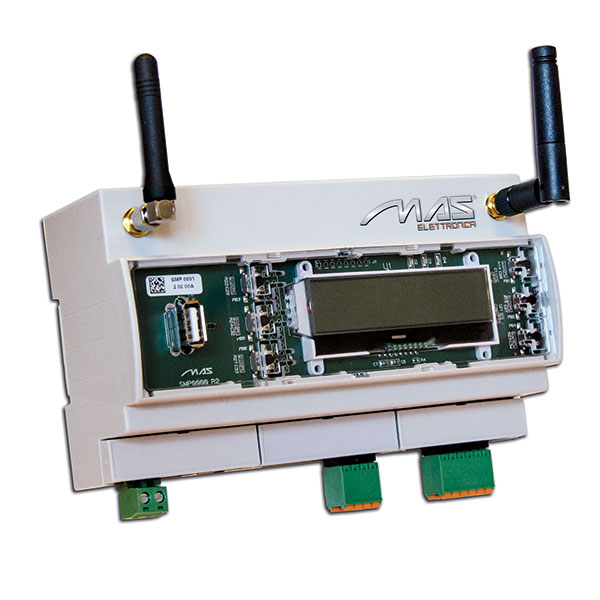 The manufacturing industry is changing fast, from advanced robotics to artificial intelligence, from products for Smart Energy and IOT applications to virtual reality.
The manufacturing industry is changing fast, from advanced robotics to artificial intelligence, from products for Smart Energy and IOT applications to virtual reality.
The world of manufacturing is evolving thanks to the combination of technologies that improve its output and productivity.
Classic industry becomes Smart Factory focused on digitized manufacturing with smoother and more dynamic processes, to make the most of available resources.
The new mission is to increase production quantity, speed and quality and cut waste.
COVID-19 pandemic has prompted the manufacturing industry to forecast demand to avoid excessive consumption, stocks and unnecessary costs.
Manufacturing industry towards the digital future
Let’s see together what are the new trends in the manufacturing industry and their advantages:
1. Smart glasses connected to the Internet
Equipped with a small video camera, microphone and headphones. Used for remote training on a new machine or for remote support to see and hear what happens in real-time.
2. Quality control with computer vision and artificial intelligence
An automatic and meticulous system that allows the manufacturing industry to cut inspection times and costs. Capable of finding every small imperfection and set up a range of criteria for quality control on production.
3. Remote work
To be competitive also on the international scene, the manufacturing industry handles Big Data through remote control. Their analysis identifies how to solve problems or offers the best solution to apply with a margin of error close to zero.
Thanks to remote working, workers and employees can work from any distance from the industrial plant and collaborate with colleagues and customers worldwide.
4. Collaborative robotics
Industry 4.0 aims to the progressive automation of production processes through interconnected collaborative robots, used to relieve workers’ workload, helping them with complex tasks, but also to cut the work and execution times of the operators.
5. Virtual reality
It allows reliable simulations of new processes related to products before putting them into practice in reality to prevent any issues.
6. Augmented reality
Project virtual images into the real world via wearable devices. For instance, if a machine has an anomaly, augmented reality identifies the problem and projects the solutions by showing them as superimposed images. The benefit is a quick resolution to the problem without opening the operator’s manual.
7. 3D printing
Used more and more often in the manufacturing industry for the creation of a piece. There are different
advantages:
– cost reduction due to saving on the materials used to produce the components. In this way, waste and emissions also decrease
– halve production and delivery times
– the previous points improve the relationship between factories and customers
Industry 4.0 Technologies can apply to all sectors of the manufacturing industry that will have real competitive advantages.
Machines will never take the place of man but will make work processes faster and more efficient. The new skills required to manage the digital automation systems will create new jobs.


